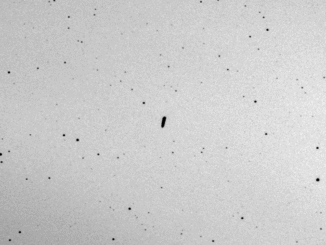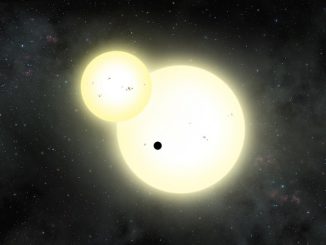
Cygnus





See asteroid Florence’s close dolphin encounter on 2—3 September
During the first week of September, observers have an opportunity to see a bright near-Earth asteroid known as 3122 Florence (aka 1981 ET3) as it sails by our planet. On the night of 2—3 September, observers in the UK and Western Europe can see this 4.4 kilometre-wide space rock pass through a prominent asterism in the constellation of Delphinus, the dolphin.


Milky Way’s most-mysterious star is even stranger than astronomers thought
A star known as KIC 8462852 in the constellation Cygnus has been raising eyebrows both in and outside of the scientific community for the past year. In 2015 a team of astronomers announced that the star underwent a series of very brief, non-periodic dimming events while being monitored by NASA’s Kepler space telescope. A new study has deepened the mystery.

Seek out the celestial treasures within the Summer Triangle
At the beginning of August, keen observers in the heart of the UK can celebrate the return of truly dark skies around 1am BST. But the naked-eye stars are out by 11pm, and if you cast your gaze two-thirds of the way from southeast horizon to overhead at this time you can see the so-called Summer Triangle in all its glory. Here’s our guide to some of the celestial highlights therein.

New planet Kepler-1647b is largest discovered that orbits two suns
If you cast your eyes toward the constellation Cygnus, you’ll be looking in the direction of the largest planet yet discovered with the widest orbit around a double-star system. It’s too faint to see with the naked eye, but a team led by astronomers from NASA’s Goddard Space Flight Center and San Diego State University used NASA’s Kepler Space Telescope to identify the new planet.

Natural causes, not aliens, explain mystery star’s behaviour
Media interest went viral last October when a group of astronomers from Pennsylvania State University cited that the “bizarre light curve” of KIC 8462852, popularly known as Tabby’s star, was “consistent with” a swarm of alien-constructed megastructures. Now, the results of a new study make it far less likely that KIC 8462852 is the home of industrious extraterrestrials.
